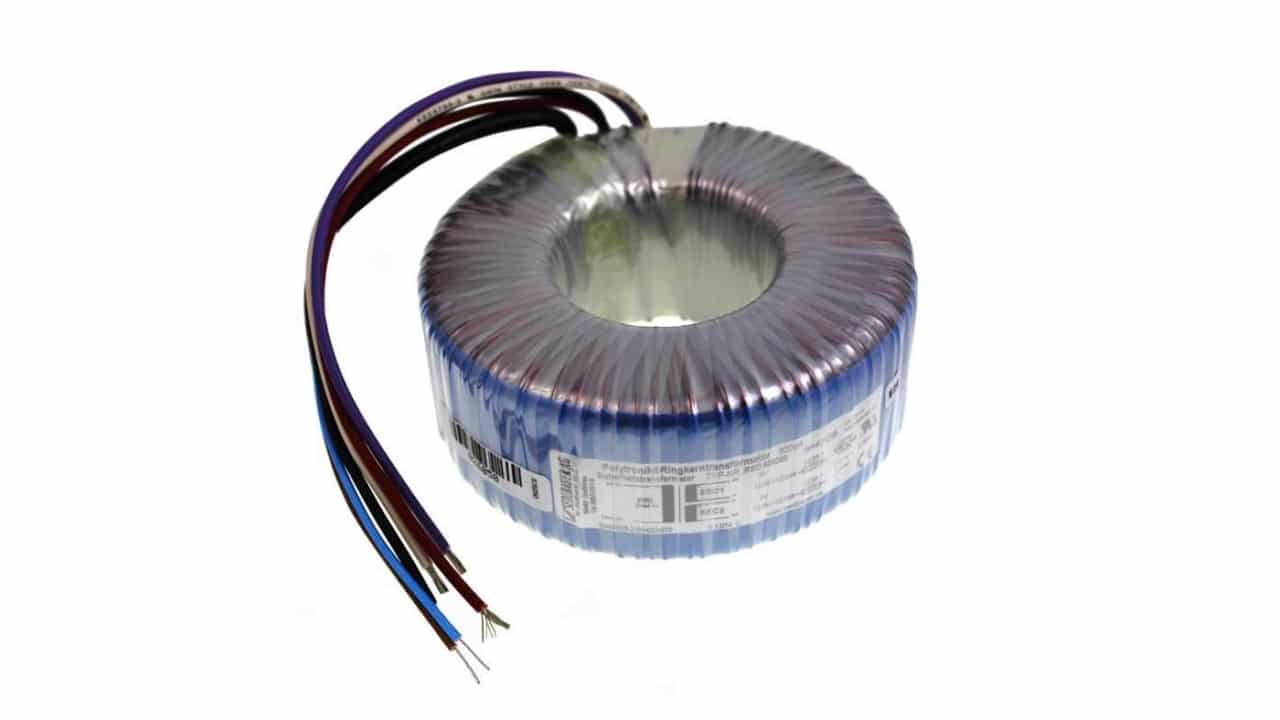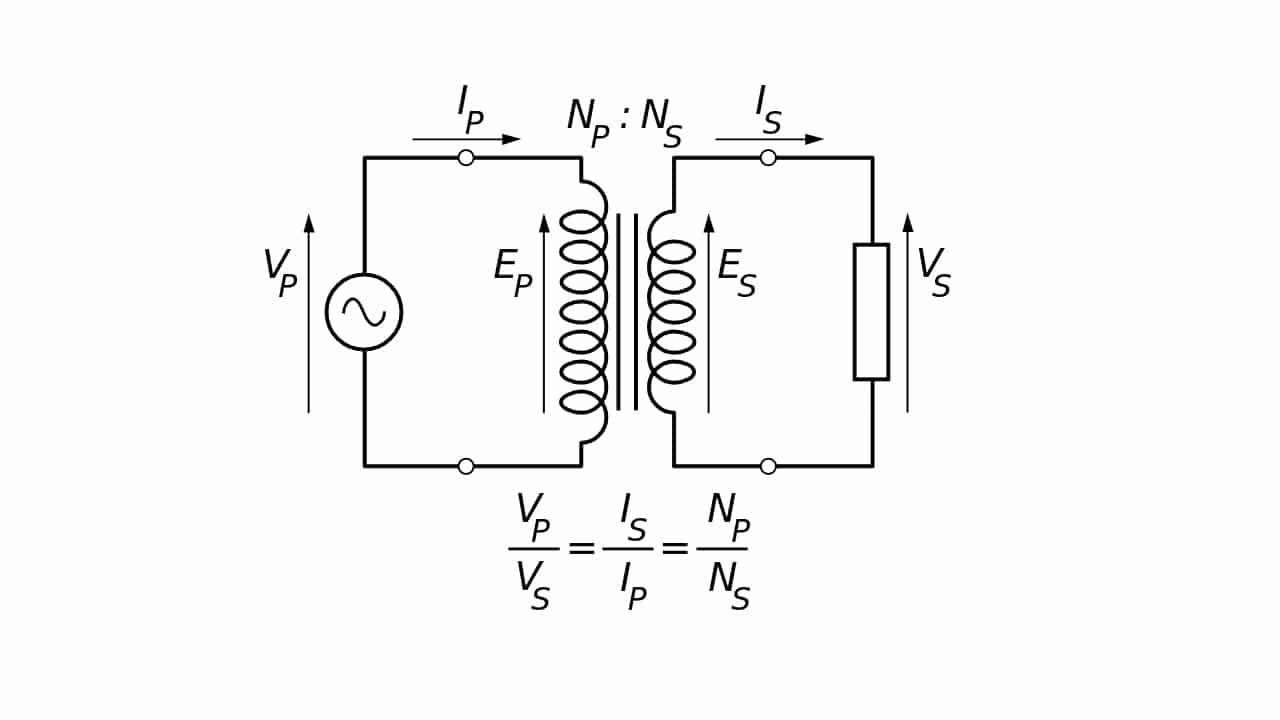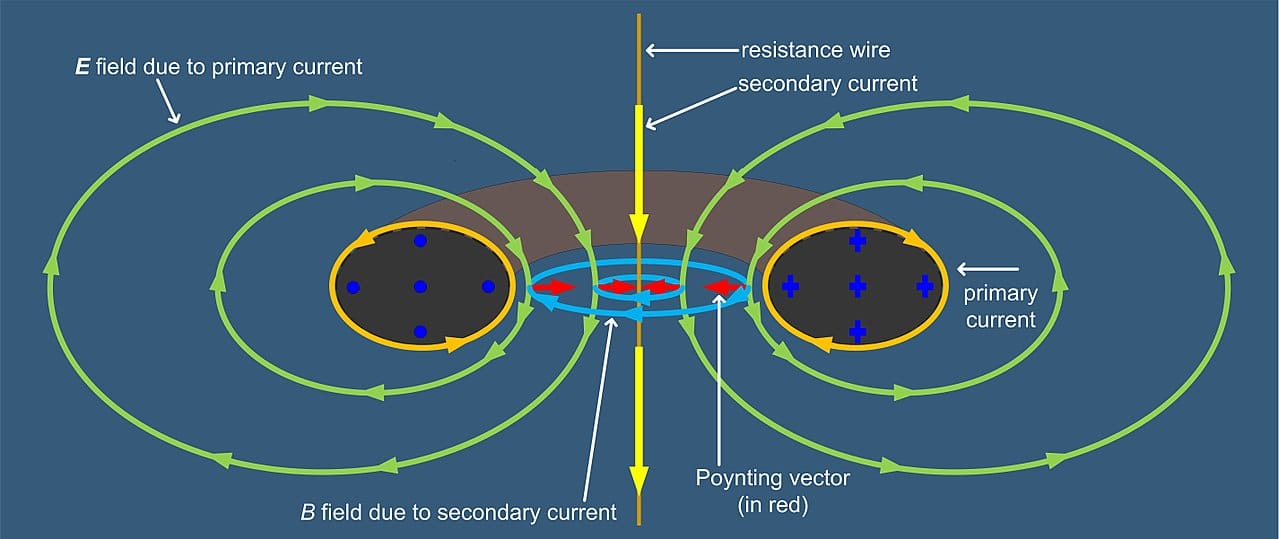
The transformers (like toroidal transformer) are components widely used in many devices. Especially in those that use DC, since they allow to go from the high voltages of the electrical network to which these devices are connected to lower voltages at which they usually work (12v, 5v, 3.3v ...) and then transform from AC to CC using the rest of the stages of a power supply.
Its importance is such that you should know how it works this type of transformers and their applications, as well as where and how you can buy one of them for your projects, etc. All those doubts will be resolved with this guide ...
What is a transformer?
Un ecosystem It is an element that allows to pass from an alternating current voltage to a different one. It can also transform the current intensity. Either way, it will always keep the signal frequency and power values intact. That is, isofrequency and isopower ...
This last parameter does not hold true, it would be in an ideal theoretical transformer, since in practice there are losses in the form of heat, one of the biggest problems of these components. That is why it has gone from using solid ferrous cores to laminating them (silicon steel sheets with insulation between them) to reduce eddy currents or parasitic currents.
To achieve its purpose, the electricity that enters through its input winding is transformed into magnetism due to the winding and the metal core. Then, the magnetism that flows through the metallic core will induce a current or electromagnetic force in the secondary winding to provide said current at its output. Of course, the conductive wire of the windings has a kind of insulating varnish so that, although they are wound, they do not make contact with each other.
The way to be able to transform from one voltage to another is to play with the number of turns or turns of copper wire in the primary and secondary winding. According Lenz's Law, the current must be alternating for this flux variation to occur, so a transformer cannot operate with direct current.
As you can see in the image above, the relationship Between the coils the voltage and the intensity is very simple. Where N is the number of turns of the winding (P = primary, S = secondary), while V is the voltage (P = applied to the primary, S = output of the secondary), or I equal to the current ...
By example, Imagine that you have a transformer with 200 spirals in the primary and 100 spirals in the secondary. An input voltage of 200v is applied to it. What voltage will appear at the output of the secondary? Very simple:
200/100 = 220 / V
2 = 220 / v
v = 220/2
v = 110v
That is to say, it will have transformed the 220v input into 110v at its output. But if the number of turns is reversed in the primary and secondary winding, the reverse would occur. For example, imagine that the same 220v primary voltage is applied to the primary, but the primary has 100 turns and the secondary has 200 turns. To the invest this:
100/200 = 220 / V
0.5 = 220 / v
v = 220/0.5
v = 440v
As you can see, in this case the voltage is doubled ...
What is a toroidal transformer?
Everything said for the conventional transformer also applies to the toroidal transformer, although this one has some different features, as well as some benefits. But the working principle and the calculations can help you understand how it works.
A toroidal transformer guarantees a lower leakage flux, as well as losses due to minor eddy currents than in a conventional transformer. So they will heat up less and be more efficient, as well as being more compact due to their shape.
Like conventional transformers, they could also have more than two windings, that would result in the same input coil, and several output coils, each one could be transforming to a different voltage. For example, imagine there are two, one that goes from 220v to 110v and one that goes from 220v to 60v, which is very practical for those power supplies where several different voltages are needed.
In this case, instead of generating the magnetic field Inside the square-shaped metal core, concentric circles are generated in the torus. Outside of it the field will be zero, the strength of this field will also depend on the number of turns.
Another peculiarity is that the field it is not uniform, is strongest near the inside of the ring and weakest on the outside. That means the field will decrease as the radius grows.
The relationship of power input and output is variable depending on the size and working conditions, but almost always tend to be higher than those of conventional transformers. Also, since the resistive losses of a transformer come from the copper wire of the coils and the losses of the core, and since the toroid has less losses, it will be more efficient as I already hinted before.
Applications
All the applications or uses they are similar to those of conventional transformers. The toroidal transformer is usually used more in the sector of telecommunications, musical instruments, medical devices, amplifiers, etc.
Advantages and disadvantages
As is always the case, the toroidal transformer has its advantages, but there are also some drawbacks. Between the advantages include:
- They are more efficient.
- For the same inductance as a regular solenoid, the toroid will need fewer turns, therefore it is more compact.
- By having the magnetic field confined inside, they can be placed close to other electronic components without interference from unwanted inductances.
Among the latests Moravia's compositions disadvantages are:
- They are more complicated to wind than conventional ones.
- It is also more difficult to tune in.
Where to buy a toroidal transformer
You can find them almost anywhere electronic shop specialized, or you can also get one from Amazon. For example, here are some recommendations:
- Conventional transformer 220v to 24v.
- DollaTek 220v to 24v (dual 12v, 12v)
- Sedlbauer from 230v to 24V (dual 12v + 12v).
- Tector from 230v to 12v
As you have seen, they are different VA, 100VA, 300VA, etc. This value refers to the maximum allowable load. And it is measured in volts per ampere.

